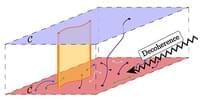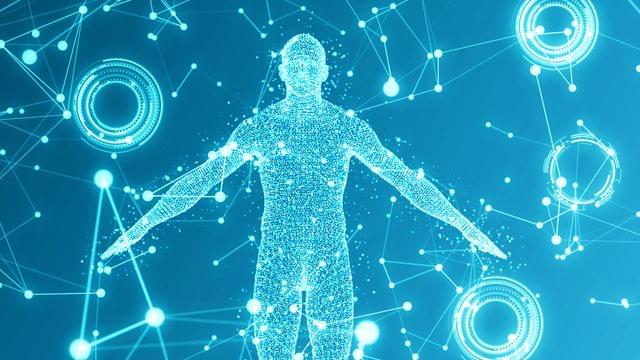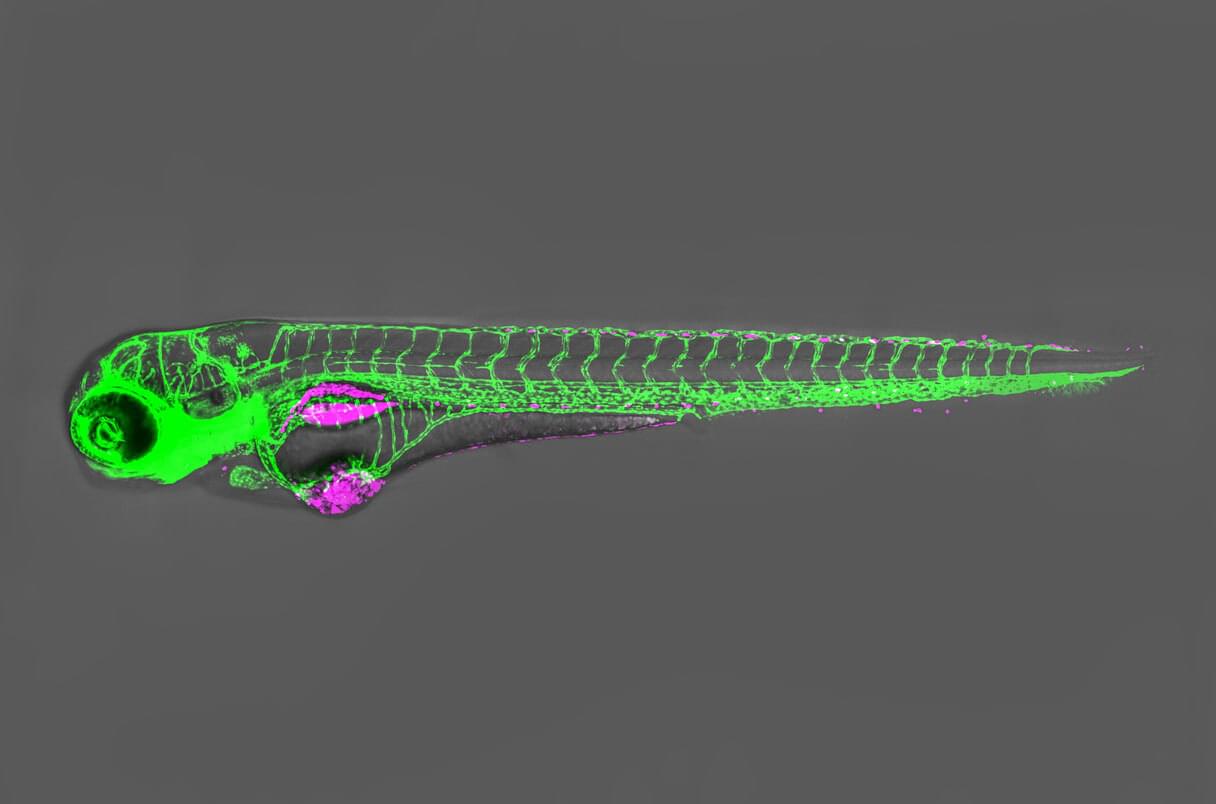Emergent generalized symmetries lead to the proof that there exist topological orders intrinsic to mixed states, and examples of these states provide insight into their classifications by premodular anyon theories.


Tesla plans to revolutionize manufacturing and achieve unprecedented growth by producing 100 million humanoid robots by 2035, leveraging advancements in AI and robotics to significantly enhance efficiency and profitability.
Questions to inspire discussion.
Production and Scaling.
🏭 Q: What are Tesla’s production targets for Optimus bots? A: Tesla aims to ramp up Optimus bot production to 10,000 per month in 2,024,100,000 per month in 2025, and 1 million per month in 2026, with aggressive growth targets of 1000% (10x) year-over-year.

The rise of antimicrobial resistance and novel emerging diseases has put microbiology at the forefront of public perception. From microbial growth and viability assays to high-throughput drug screening, microplate-based assays offer a more cost and time-efficient alternative to traditional assays. Modern microplate readers allow researchers to perform assays under controlled atmospheric conditions and to produce highly reliable, reproducible, and accurate results in real-time.


Can oncologists make better cancer treatment decisions if they consult fish? A clinical trial aims to find out.
Led by developmental biologist Rita Fior of the Champalimaud Foundation, the 5-year study is the first randomized trial in which patients will receive drugs that have been tested beforehand in zebrafish embryos implanted with the patients’ cancer cells. Retrospective studies have shown that so-called zebrafish avatars could have identified successful treatments if they had been deployed in advance, and Fior and colleagues now want to determine whether that ability can benefit patients.
The first clinical trial of zebrafish embryos acting as cancer “avatars” will start soon.

Drone show accidents highlight the challenges of maintaining safety in what engineers call “multiagent systems” — systems of multiple coordinated, collaborative, and computer-programmed agents, such as robots, drones, and self-driving cars.
Now, a team of MIT engineers has developed a training method for multiagent systems that can guarantee their safe operation in crowded environments. The researchers found that once the method is used to train a small number of agents, the safety margins and controls learned by those agents can automatically scale to any larger number of agents, in a way that ensures the safety of the system as a whole.
Thermoelectric generators played a major role in this experiment.
An experimentator has used waste heat of his body to turn humans into batteries. Nick Zetta, who runs Basically Homeless YouTube channel, turned himself into a battery using thermoelectric generators.
Zetta followed a simple approach that aimed at capturing the waste heat from the human body and turning that into electricity.
Thermoelectric generator, which uses temperature differential to force electron flow, played a major role in this experiment. The device generates electricity when one side is hotter than the other side.

Researchers in China have developed a unique running stance for their four-legged robot, which allows it to move at far greater speeds than similar machines.

In today’s AI news, When rivals take a different approach and succeed, it sometimes pays to change course. This is what Sam Altman said OpenAI will do, according to a Reddit AMA session on Friday. Altman was asked about DeepSeek, which has taken the tech world by storm after rolling out top-performing AI models that are relatively cheap to use.
Then, Andreessen Horowitz general partner and Mistral board member Anjney “Anj” Midha first spied DeepSeek’s jaw-dropping performance six months ago. That’s when DeepSeek introduced Coder V2, which rivaled OpenAI’s GPT4-Turbo for coding-specific tasks, according to a paper it released last year.
S V3 and R1 models. These efforts “achieved significant bypass rates, with little to no specialized knowledge or expertise being necessary.” ‘ + And, MLCommons, a nonprofit AI safety working group, has teamed up with AI dev platform Hugging Face to release one of the world’s largest collections of public domain voice recordings for AI research. The dataset, called Unsupervised People’s Speech, contains more than a million hours of audio spanning at least 89 languages.
In videos, in this episode of “How To Build The Future,” YC President and CEO Garry Tan sits down with Bob to discuss the lessons learned from his time at OpenAI, scaling laws, his advice for startups, and what all of this means for the jobs of the future.
Then, “Maybe I Got Carried Away” is an experimental short film that fuses playful visuals with a surreal narrative. It was created by [@panaviscope](https://www.youtube.com/@panaviscope) using Sora generated shots. The story follows a protagonist who begins releasing vibrant balloons into the sky as a personal act of rebellion against her city’s monotony.
Meanwhile, Shashank Dogra breaks down AI Agents in the simplest way possible. AI Agents: The Future of Business & Technology Agents are the new apps. In the near future, we expect to see thousands of AI agents transforming the way businesses operate.
We close out with NVIDIA Developer showing how DeepSeek-R1 model is packaged as NVIDIA NIM microservice delivers superior throughput performance and can be easily deployed on any GPU-accelerated system with standard API. Get started now at build.nvidia.com.